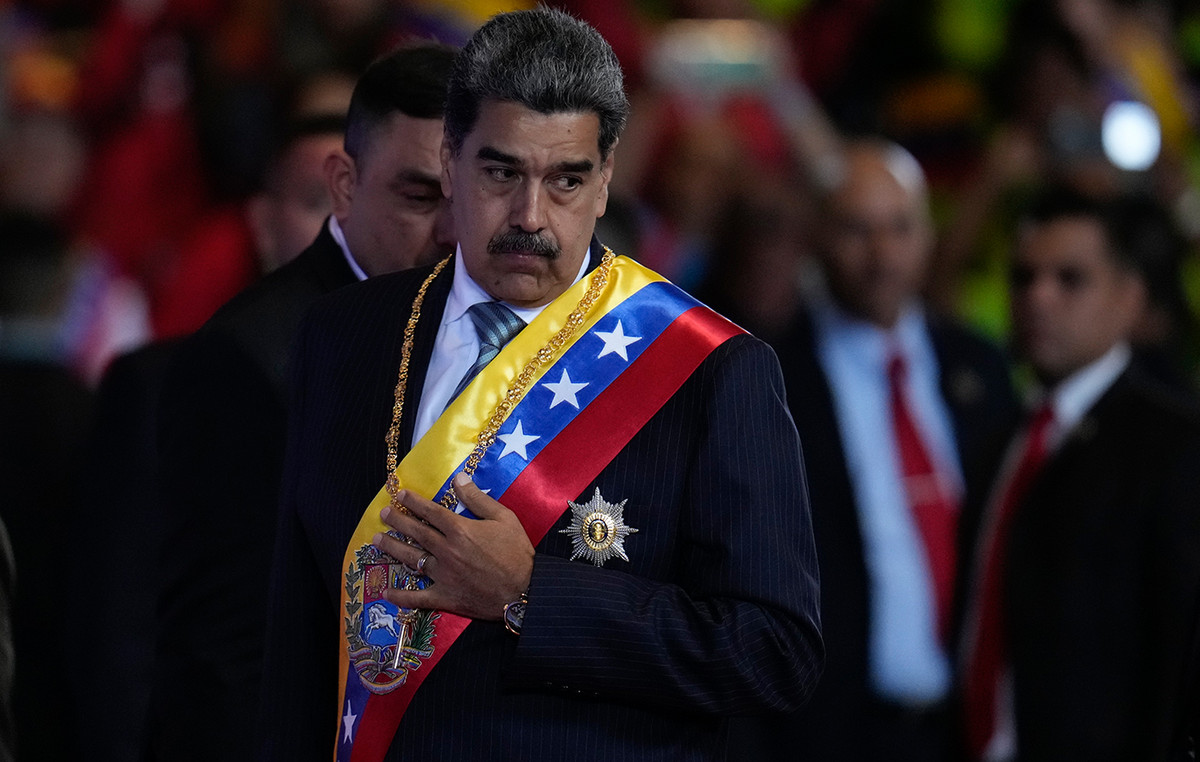- EUR/GBP maintains its position ahead of PMI data from both economies.
- The Euro appreciated following the appointment of centrist ally François Bayrou as Prime Minister of France by President Macron.
- The BoE is anticipated to take a cautious and gradual approach to easing monetary policy.
EUR/GBP is moving sideways after two days of gains, trading around 0.8320 during European hours on Monday. Traders are awaiting Purchasing Managers’ Index (PMI) data from both economies to assess private business activities in the manufacturing and services sectors.
The EUR/GBP cross gained ground as the Euro received support following the appointment of centrist ally François Bayrou as Prime Minister of France by President Emmanuel Macron, raising hopes for political stability. Macron had promised to quickly select a new candidate after Michel Barnier was forced to resign following a confidence vote in parliament.
Additionally, European Central Bank (ECB) Governing Council member Robert Holzmann said on Friday that cutting interest rates solely to stimulate the economy would be a mistake. According to Holzmann, the ECB’s primary responsibility is to ensure price stability, not to boost economic growth. “Cutting rates now to boost the economy would contradict our current stance,” he said, as reported by Bloomberg.
The upside of the EUR/GBP cross could be limited as the British Pound (GBP) could appreciate due to the increased likelihood of the Bank of England (BoE) adopting a gradual pace of policy easing compared to other central banks in Europe and North America. The BoE and other forecasting bodies expect inflation to rise next year in the wake of UK finance minister Rachel Reeves’ big-spending budget. However, BoE Governor Andrew Bailey indicated four interest rate cuts in 2025, which could limit the rise of the British Pound (GBP) and support the EUR/GBP cross.
Interest rates FAQs
Financial institutions charge interest rates on loans from borrowers and pay them as interest to savers and depositors. They are influenced by basic interest rates, which are set by central banks based on the evolution of the economy. Typically, central banks are mandated to ensure price stability, which in most cases means targeting an underlying inflation rate of around 2%.
If inflation falls below the target, the central bank can cut base interest rates, in order to stimulate credit and boost the economy. If inflation rises substantially above 2%, the central bank typically raises core lending rates to try to reduce inflation.
In general, higher interest rates help strengthen a country’s currency by making it a more attractive place for global investors to park their money.
Higher interest rates influence the price of Gold because they increase the opportunity cost of holding Gold instead of investing in an interest-bearing asset or depositing cash in the bank.
If interest rates are high, the price of the US Dollar (USD) usually rises and, since Gold is priced in dollars, the price of Gold falls.
The federal funds rate is the overnight rate at which U.S. banks lend to each other. It is the official interest rate that the Federal Reserve usually sets at its FOMC meetings. It is set in a range, for example 4.75%-5.00%, although the upper limit (in this case 5.00%) is the figure quoted.
Market expectations about the Federal Reserve funds rate are tracked by the CME’s FedWatch tool, which determines the behavior of many financial markets in anticipation of future Federal Reserve monetary policy decisions.
Source: Fx Street
I am Joshua Winder, a senior-level journalist and editor at World Stock Market. I specialize in covering news related to the stock market and economic trends. With more than 8 years of experience in this field, I have become an expert in financial reporting.







